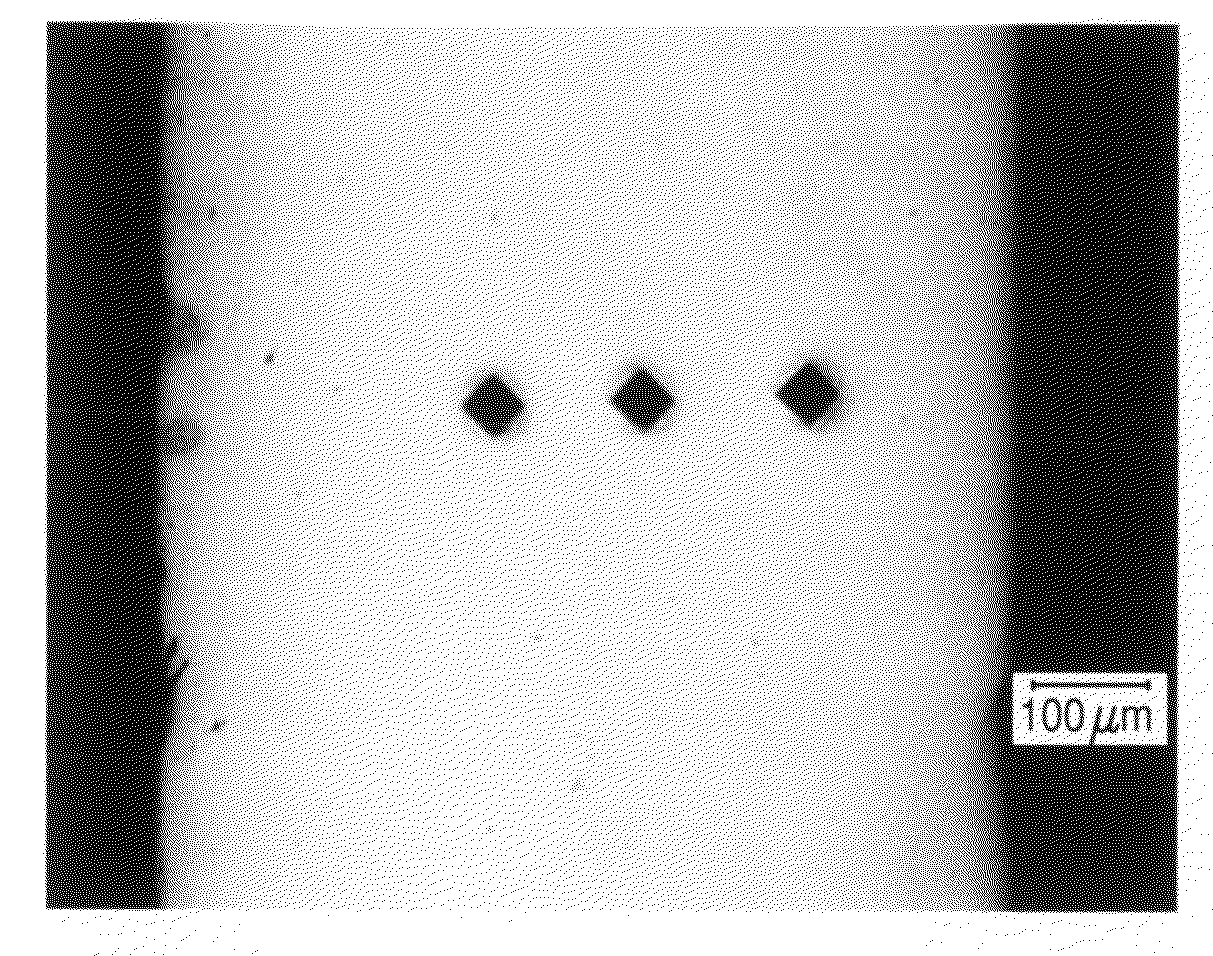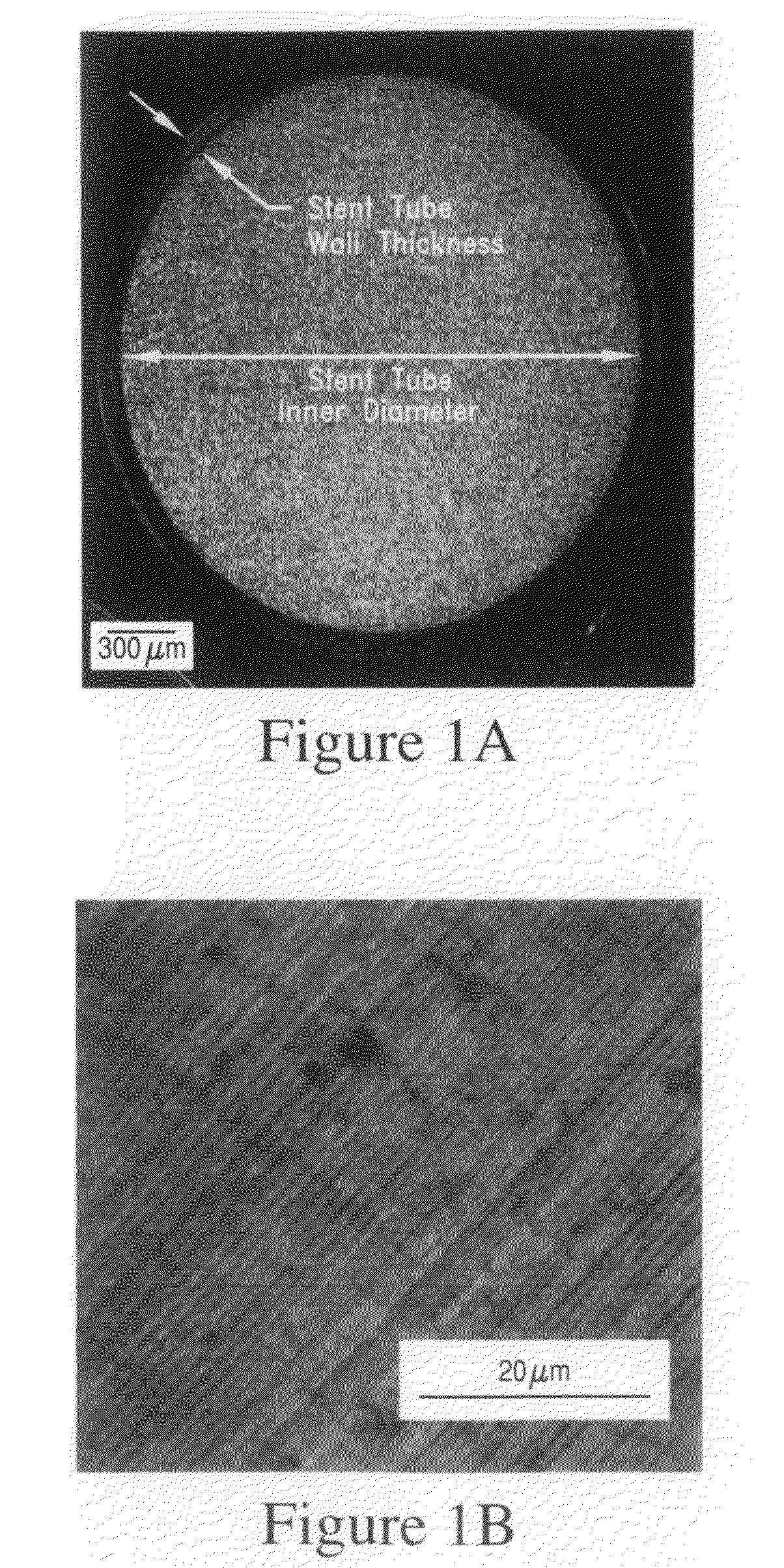In-vivo biodegradable medical implant
- Summary
- Abstract
- Description
- Claims
- Application Information
AI Technical Summary
Benefits of technology
Problems solved by technology
Method used
Image
Examples
Embodiment Construction
[0114]This invention discloses biodegradable articles, coatings and metallic fillers containing at least partially fine-grained metallic layers and / or coatings.
[0115]Preferred embodiments comprise iron and / or zinc produced by DC or pulse electrodeposition or other suitable synthesis methods. Metallic materials comprising iron and / or zinc can be electrodeposited from aqueous electrolytes. In one preferred embodiment the metallic material comprises “electrolytic pure iron” with an iron content of >99.5% by weight. “Unavoidable impurities” include metals such as Mn, Si, Ni, Cr, Mo and Cu and the total metallic impurities represent less than 0.4% preferably less than 0.25% of the total weight. Non metallic impurities include C, S, P, Cl and O and the total non-metallic impurities represent less than 0.4% preferably less than 0.25% of the total weight. Alternatively, the metallic material comprises zinc, magnesium, or their alloys or other metals and alloys that are in-vivo degradable in...
PUM
 Login to View More
Login to View More Abstract
Description
Claims
Application Information
 Login to View More
Login to View More - R&D
- Intellectual Property
- Life Sciences
- Materials
- Tech Scout
- Unparalleled Data Quality
- Higher Quality Content
- 60% Fewer Hallucinations
Browse by: Latest US Patents, China's latest patents, Technical Efficacy Thesaurus, Application Domain, Technology Topic, Popular Technical Reports.
© 2025 PatSnap. All rights reserved.Legal|Privacy policy|Modern Slavery Act Transparency Statement|Sitemap|About US| Contact US: help@patsnap.com



